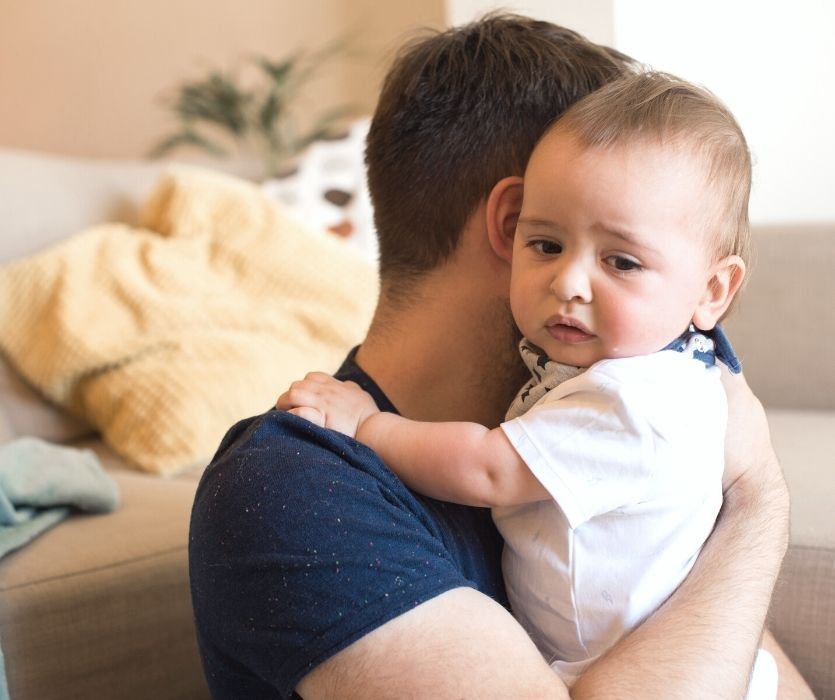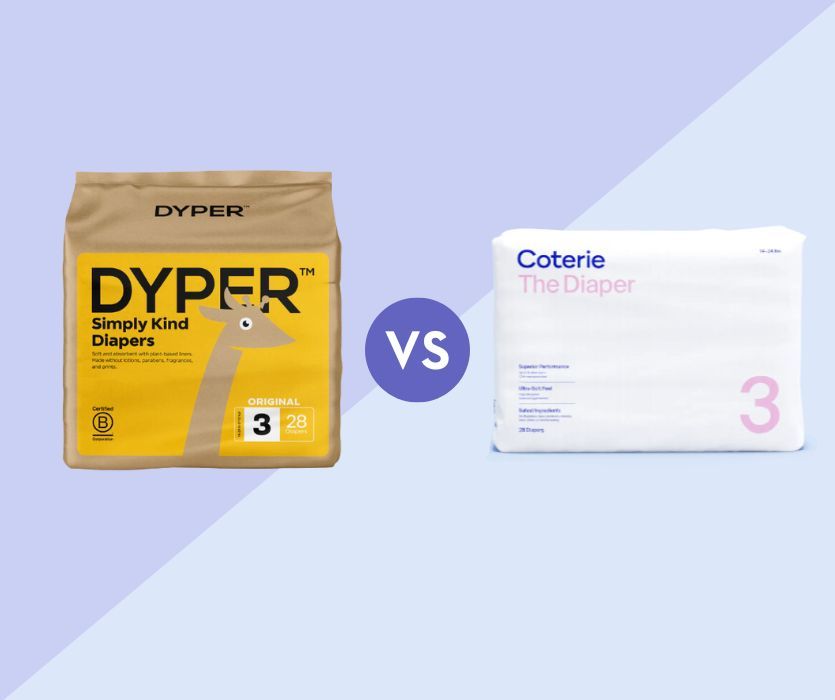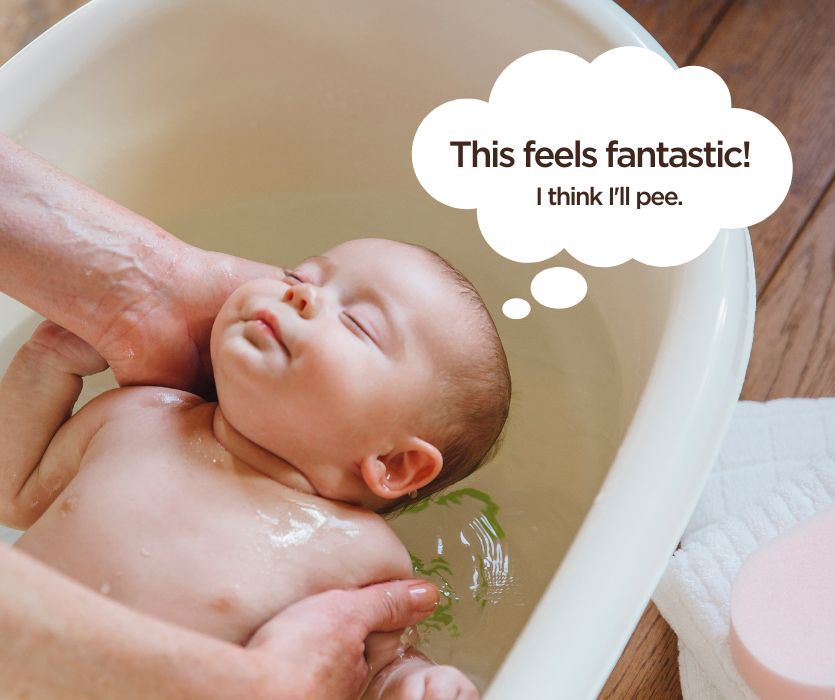There are truly few things more anxiety-provoking for a new mom than having a baby who is sick. Wouldn’t it be great if your baby could say, “Excuse me, mom? My head is throbbing due to a raging ear infection. Would you please dose me with some Tylenol to reduce the pain so I can sleep?” Instead, they wake up screaming bloody murder at 2am and you’re left bewildered and pacing with baby around the house until your pediatrician opens.
Here’s our list of the most common baby safe medicines out there and what symptoms each one treats.
The generic name of the drug is listed first, with the various popular brand names listed parenthetically.
Also, a note that this list of meds is really meant for kids under 1 year old and not necessarily for newborns. If your newborn is sick hustle it to the pediatrician. They can go from nothing to something really fast and you don’t want to mess around with that. You’re smart. You get it.

1. Infant Acetaminophen drops (Tylenol)
This is a go-to pain reliever and fever reducer for babies because it’s safe for even young infants. Dosage goes by weight, not age, so check out this chart if you are sure you know baby’s current weight. Also, don’t treat a fever with acetaminophen in baby under 12 weeks old—call your ped instead!
2. Acetaminophen suppositories
Use these for a baby who is puking with the stomach virus and can’t hold anything down, but also has a miserable fever.
3. Infant Ibuprofen drops (Motrin, Advil)
Ibuprofen is another super effective infant pain reliever and fever reducer that lasts 6-8 hours, so quite a bit longer than acetaminophen. (Woot! Two more hours of sleep!) However, it’s not a baby safe medicine for babies under 6 months old because it’s a stronger med and since their livers are immature they aren’t able to metabolize it as well as older children. Plus, some doctors don’t like it for younger babies because it’s harder to tell how sick a baby is if his temperature and irritability are “masked” for an extended chunk of time.
Like acetaminophen, the dosage is based on weight so check in with your pediatrician about that.
4. Simethicone Anti-gas drops
If you are pretty certain your bub is having gas pain you can give infant anti-gas drops that contain simethicone, which helps along the gas bubbles in the intestine. It’s basically Gas-X in a baby safe medicine form.
5. Electrolyte Solution (Pedialyte, Infalyte)
If your baby catches a stomach virus (which has happened in our family every winter/spring since I became a parent) an electrolyte solution is your new best friend. Pedialyte is typically recommended when your babe has vomiting and diarrhea because it contains the perfect balance of water, sugar, and salt that the body needs to properly re-hydrate. Check in with your pediatrician about amount and frequency.
6. Diphenhydramine (Benadryl)
This is the go-to antihistamine to give your kiddo if he has an allergic reaction to something. It’s really not recommended for babies under 6-months old and dosage is based on weight, so check in with your ped. You’ll want it when your baby starts solids and you’re on alert for allergic reactions to new foods.
7. Dispensers
Most medications come with a dropper or cup but if your child isn’t keen on them, there are a few alternatives that use soothers, bottle nipples and sippy cups to get the goods in them – the FridaBaby MediFrida Accu-Dose Pacifier Medicine Dispenser is a good example. Keep in mind, gross medicine will still taste awful coming out of a soother, so they may not help if the meds you’re trying to administer taste like dumpster water.
8. Chest Rub
People love these chest rubs when baby has a cough or a lot of congestion. The deal is that they are kind of like aromatherapy for a sick kid—they don’t actually reduce symptoms as much as hopefully soothe a fussy baby. The eucalyptus/menthol type smell tricks the brain into thinking the body is less congested and that may help open up airways a bit, possibly making babe a bit more comfortable. Hey man, I’ll take it. People also like to put it on baby’s feet and put socks over it, though there’s no research showing that this accomplishes much since the point is that the vapors from the rub have to reach baby’s nose to work. Shrug.
9. Saline spray
A stuffy nose can be particularly miserable for a baby trying to nurse/bottle feed and obviously, a baby can’t blow their nose. One way to clear it out is to spray some saline nasal spray into each nostril. This will thin out the mucus and hopefully make baby sneeze out the gunk! Boogie Mist actually has a scented nozzle (e.g. grape-scent) so your baby may actually enjoy that one being shoved in his nose.
10. Nose Frida
The Nose Frida is one of my favorite baby products ever. You place the end of a tube at the base of the baby’s nostril and suck out the snot with your mouth like a straw! I know it looks gross but there’s a guard thingy in the tube so you won’t get a mouth full of snot. A lot of babies really seem to prefer this gadget to the traditional bulb sucker you get at the hospital.
11. Humidifier
Steam can help thin out mucus, making it a bit easier to breathe. I prefer cool-mist humidifiers because they are less likely to grow mold. Great to run one at night because congestion and cough always get worse when the baby is reclined.
12. Thermometer
I’ve heard anecdotally from several pediatricians that if mom says baby feels hot then baby probably has a fever since you are the one holding him all day long. (You’re the expert!) However, you may need to actually take the baby’s temp at some point if the ped wants to know just how high that temp is. I love the fancy ones from Kinsa. They tend to be more expensive but they can also be used long after your kid decides a thermometer up the bum isn’t cool. You can find the Kinsa thermometer line here.
Are there other baby safe medicines that you love?
Let me know if there are any meds I missed that are your go-to!
Our next reco: How Can I Help My Baby With A Cold?




Leave a Comment